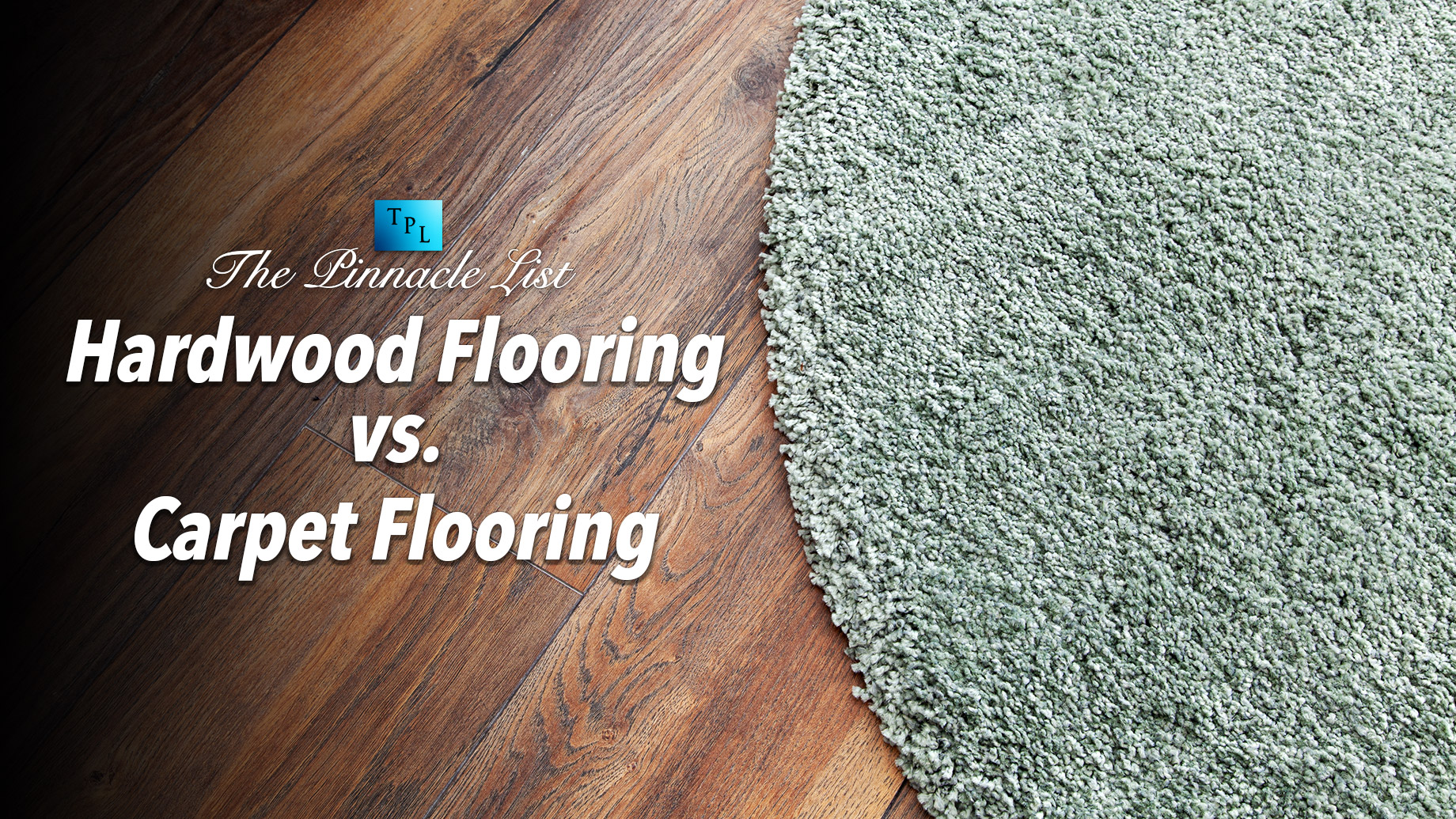
Flooring plays a crucial role in functionality and aesthetics when renovating or designing a home. Flooring installation is very important for the overall house look; you should understand your options and make an informed decision. Choosing between hardwood flooring and carpet can significantly impact your home’s overall atmosphere, comfort, and value. In this article, we’ll take an in-depth look at the pros and cons of each option, considering factors like durability, cost, and maintenance to help you make an informed decision.
What is Hardwood Flooring?
Hardwood flooring is made from real wood harvested from oak, maple, cherry, and walnut trees. This type of flooring is known for its natural beauty and durability. There are different types of hardwood flooring, including solid hardwood, made from a single piece of wood, and engineered hardwood, made from layers of wood bonded together. The choice between these types depends on factors such as budget, installation method, and where the flooring will be used.
Pros and Cons of Hardwood Flooring
Durability
Hardwood flooring is known for its longevity. Made from natural wood, it is highly durable and resistant to everyday wear and tear, particularly in high-traffic areas. When properly maintained, hardwood floors can last for decades, making them a great long-term investment.
Aesthetics
The natural beauty of hardwood is one of its most appealing features. It offers timeless elegance that can suit both modern and traditional interiors. The variety of wood types and finishes, such as oak, maple, or walnut, gives homeowners flexibility in choosing a style that complements their home’s design.
Maintenance
Hardwood floors are relatively easy to maintain. Regular sweeping or vacuuming and occasional mopping keep them clean and free from dust. However, they are prone to scratches, and in areas prone to moisture, like kitchens or bathrooms, they may require more care.
Cost
One of the downsides of hardwood is the hardwood flooring cost. While it adds value to your home, the initial investment is higher than carpet. Prices vary depending on the type of wood and installation method, but it’s typically considered a premium option.
Installation
Installing hardwood floors can be time-consuming and may require professional assistance. Depending on the type of hardwood (solid or engineered), installation methods can differ, with some requiring more complex techniques like nailing or gluing down.
What is Carpet Flooring?
Carpet flooring consists of a top layer of soft fibers, such as nylon, polyester, or wool, attached to a backing material. It comes in a wide range of colors, patterns, and textures, offering versatility in design. Carpet can be installed wall-to-wall or in specific areas as a room rug.
Pros and Cons of Carpet Flooring
Comfort
Carpet flooring excels in comfort. It provides a soft surface underfoot, making it a popular choice for bedrooms and living areas where comfort and relaxation are paramount.
Warmth and Insulation
Carpet naturally retains heat, offering better insulation than hardwood. This makes it an excellent choice for colder climates, as it can help lower energy costs by keeping rooms warmer.
Cost
Carpet is generally more affordable than hardwood, both in terms of materials and installation. It’s an attractive option for homeowners on a budget, offering a wide range of styles and price points.
Maintenance
While carpet is comfortable, it can be more challenging to maintain. It is susceptible to stains and requires regular vacuuming to prevent dust and allergens from accumulating. Additionally, professional cleaning may be necessary to maintain its appearance.
Durability and Wear
Carpet tends to show wear more quickly than hardwood, especially in high-traffic areas. It may require replacement every 5-15 years, depending on the quality and use.
Room Considerations
High-Traffic Areas
Hardwood flooring is often preferred in high-traffic areas like hallways and entryways due to its durability. Carpet, on the other hand, may wear out quickly in these spaces, leading to visible signs of use over time.
Bedrooms and Living Spaces
Carpet is the preferred choice for bedrooms and living rooms where comfort and warmth are prioritized. Hardwood can also be used in these spaces but may require area rugs to enhance comfort.
Kitchens and Bathrooms
Hardwood is generally not recommended for kitchens and bathrooms due to the moisture present in these areas, which can damage the wood. Carpet is also not suitable due to its susceptibility to water damage, making tile or vinyl flooring better alternatives.
Noise Reduction and Comfort
Noise in Hardwood
Hardwood can amplify noise, especially in multi-story homes. Area rugs and soundproofing underlayment can help mitigate this issue.
Noise in Carpet
Carpet excels at absorbing sound, making it a great choice for homes where noise reduction is important, such as in bedrooms or living rooms.
Longevity and Value
Long-Term Investment in Hardwood
Hardwood flooring is often seen as a long-term investment that can increase the resale value of a home. It is highly durable, with some types of wood lasting 50 years or more if properly maintained. Hardwood’s ability to be refinished multiple times also extends its life, making it a more sustainable choice over time compared to carpet.
Carpet’s Lifespan and Replacement
Carpet typically has a shorter lifespan, ranging from 5 to 15 years, depending on the quality and amount of foot traffic. Over time, carpet tends to wear down, accumulate stains, and lose its plushness, which can lead to the need for replacement. Although carpet may be cheaper initially, its higher turnover rate means that homeowners may need to replace it more often,
Conclusion
In the debate between hardwood and carpet flooring, there is no one-size-fits-all answer. Hardwood flooring offers timeless elegance, durability, and value, making it ideal for high-traffic areas and homes looking to boost resale value. On the other hand, carpet provides warmth, comfort, and cost-efficiency, making it a popular choice for bedrooms and family spaces. When making your decision, consider your lifestyle, budget, and the specific needs of each room in your home. Ultimately, a balanced approach that combines both materials in different areas may offer the best of both worlds.